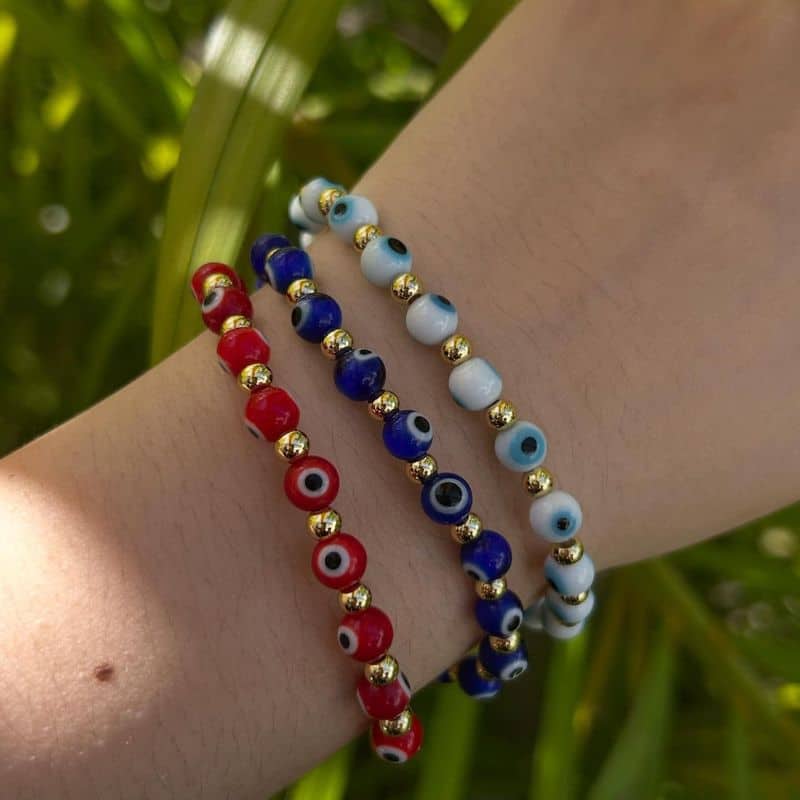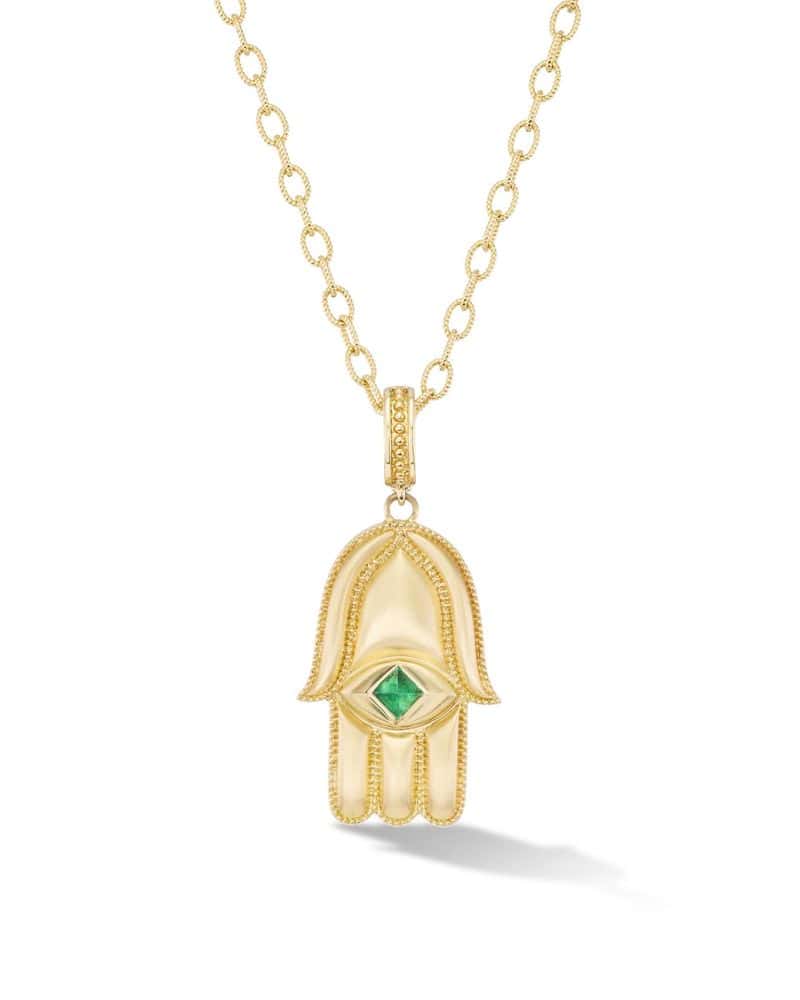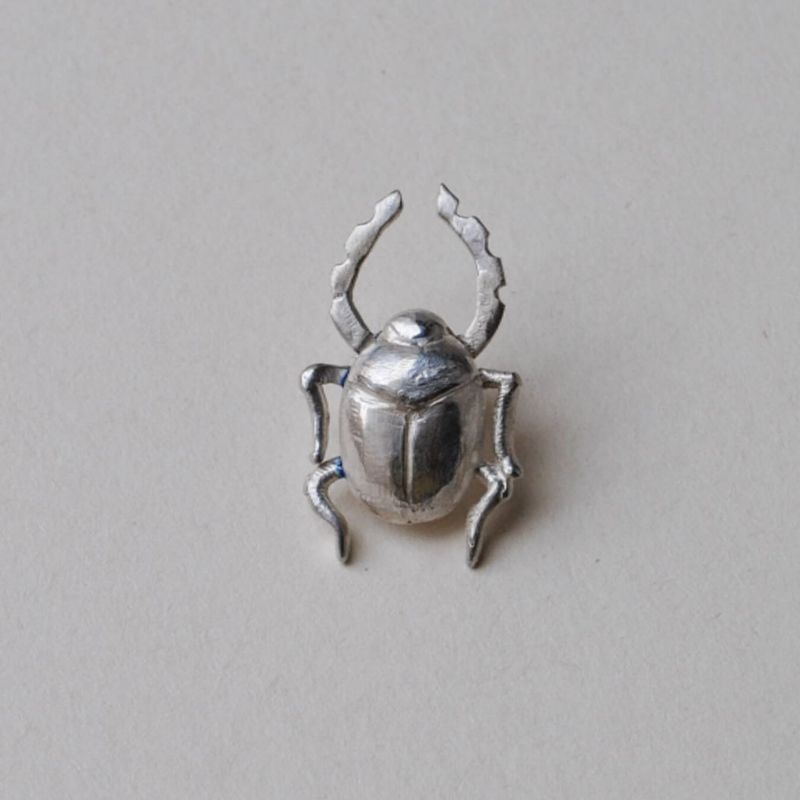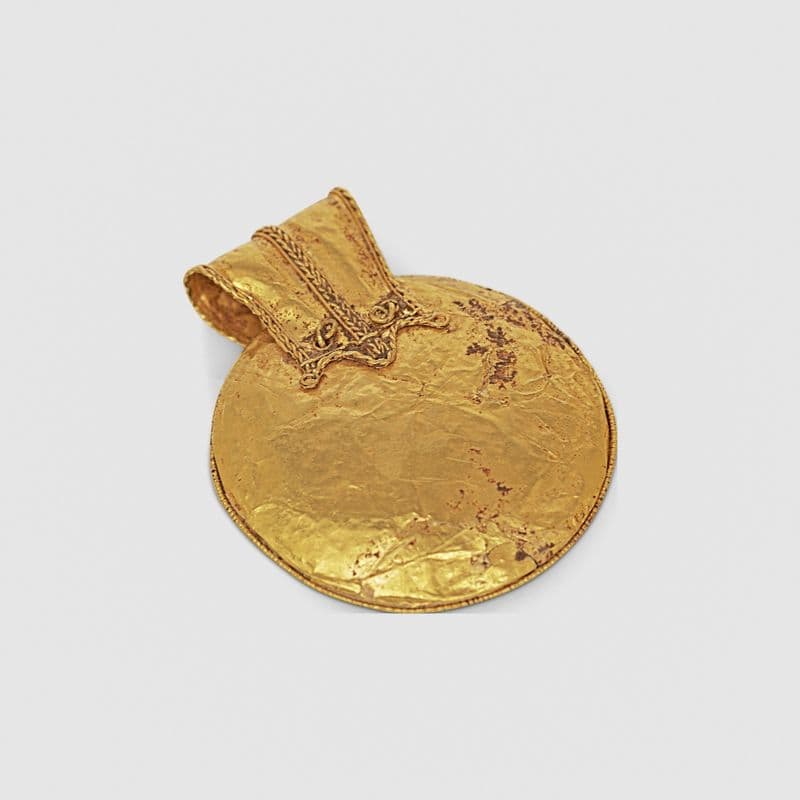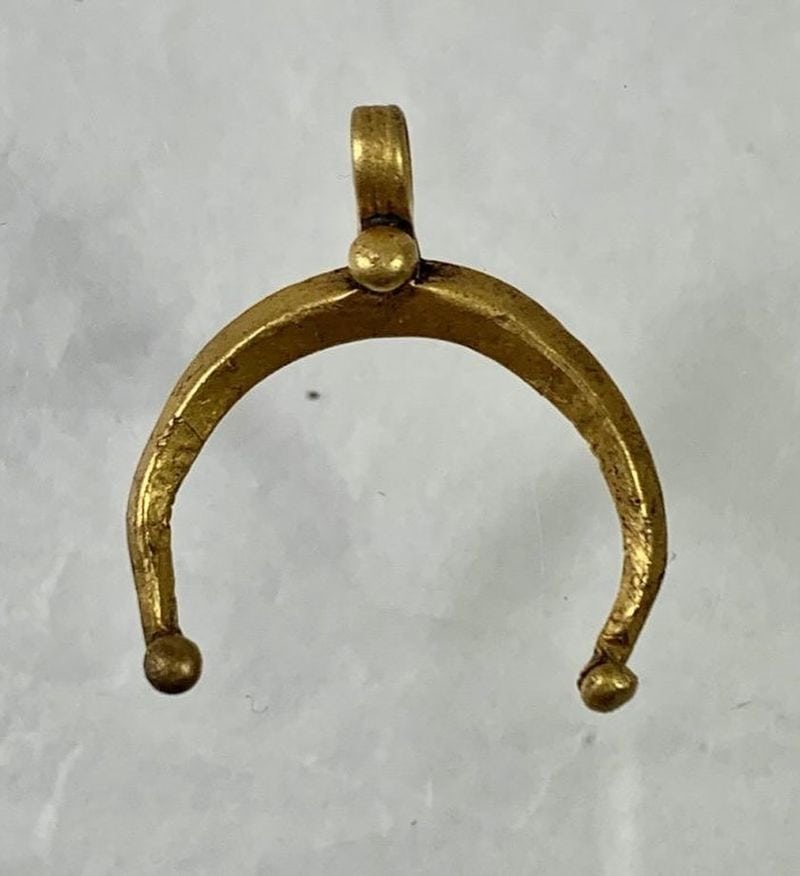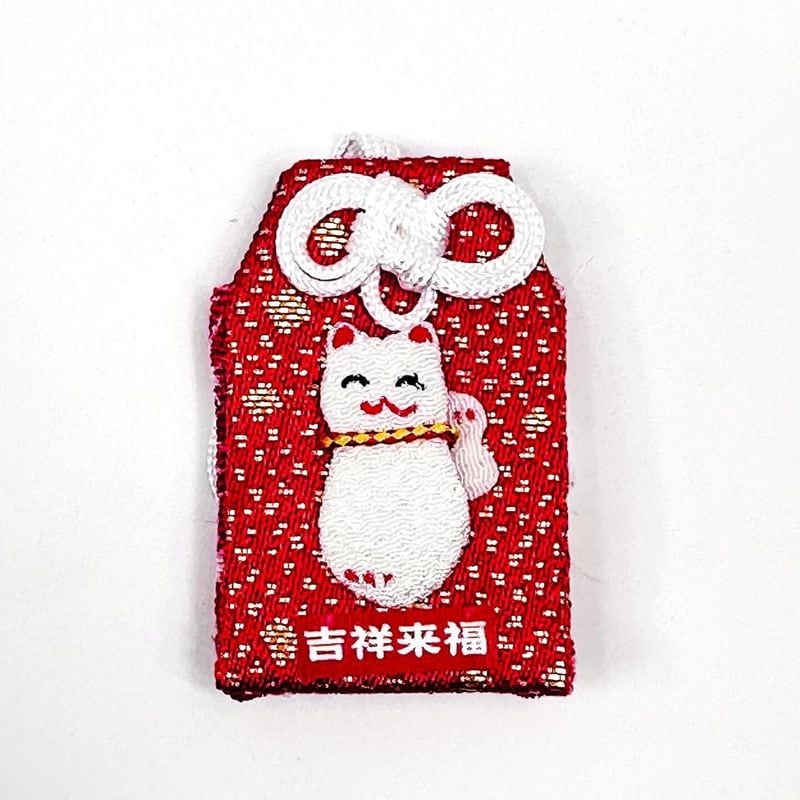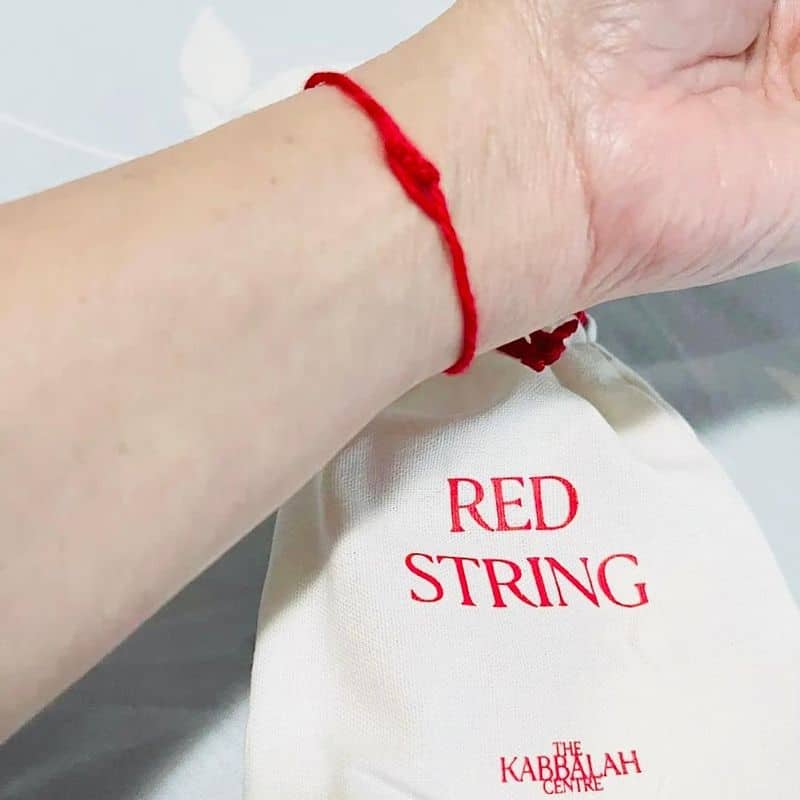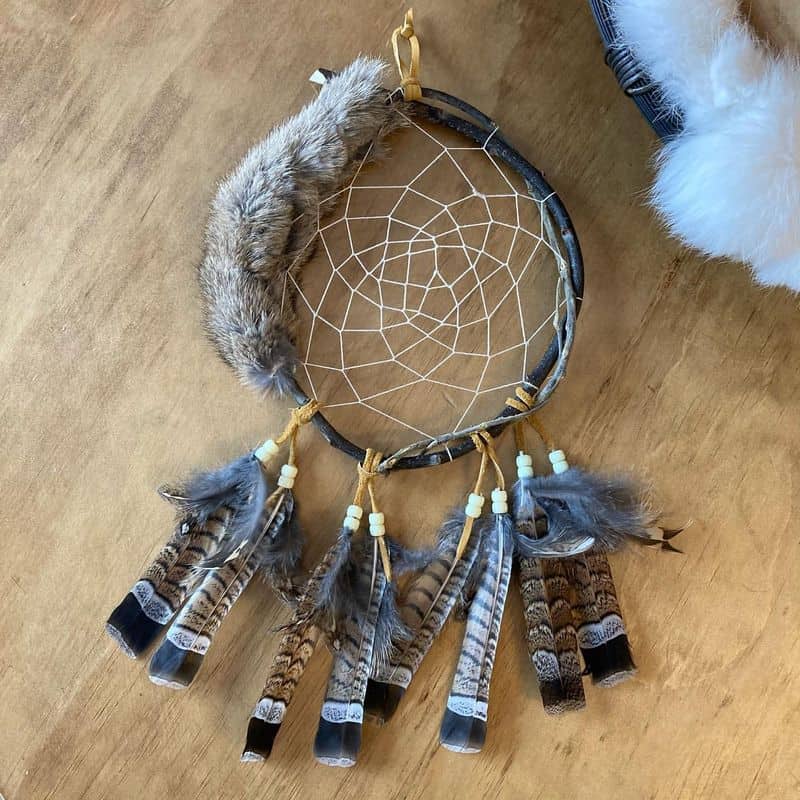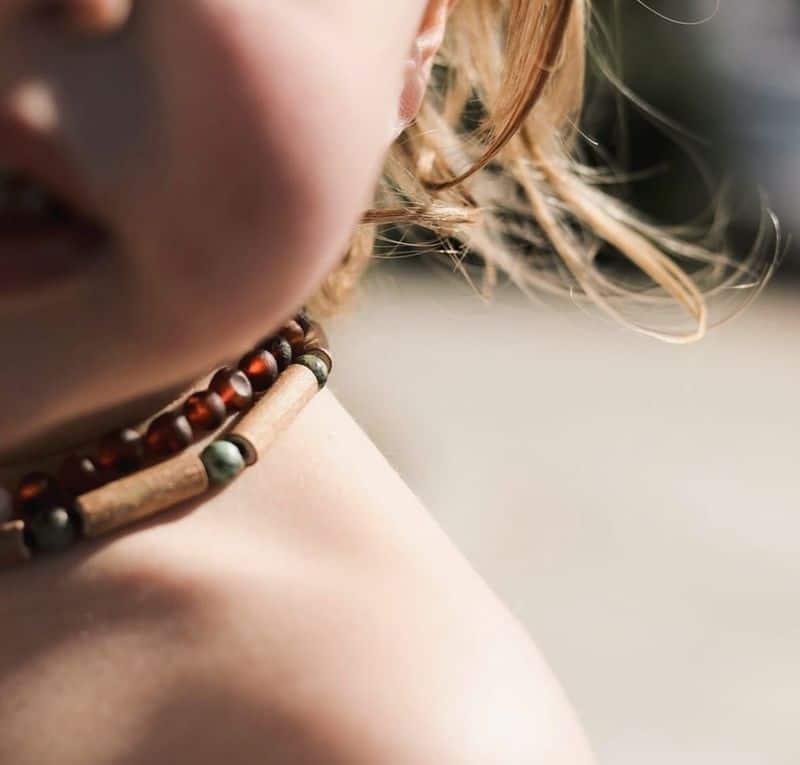Throughout human history, parents have sought special ways to keep their babies safe from harm.
Different cultures created magical objects called talismans to protect infants from illness, bad luck, and evil spirits.
These special charms reflect how much parents care about their children’s safety, no matter where in the world they live.
1. Evil Eye Amulet (Nazar)
Vibrant blue glass beads with eye-like designs have guarded babies across Mediterranean and Middle Eastern cultures for centuries. Parents hang these striking talismans above cribs or pin them to infant clothing, believing they deflect negative energy from jealous glances.
The power lies in the amulet’s ability to absorb the harmful gaze before it reaches the child. Turkish mothers particularly treasure these protective symbols, passing them through generations as family heirlooms.
Modern parents still embrace this ancient tradition, incorporating the eye-shaped charm into contemporary baby accessories like stroller clips and pacifier holders.
2. Hamsa Hand
Shaped like an open palm with an eye in its center, the Hamsa Hand stands guard over little ones in North African and Middle Eastern homes. Crafted from silver, gold, or colorful ceramics, this ancient symbol dates back thousands of years.
Jewish, Muslim, and Christian families alike treasure this versatile talisman. The five fingers represent different blessings or protective qualities, while the central eye wards off malevolent forces.
Many parents place Hamsa decorations in nurseries or give silver Hamsa pendants as birth gifts, believing the symbol creates a protective shield around vulnerable infants.
3. Scarab Beetle Amulet
Ancient Egyptian parents tucked tiny scarab beetle carvings into their babies’ wrappings, believing these insects possessed extraordinary regenerative powers. Carved from turquoise, lapis lazuli, or simple clay, these beetle-shaped amulets symbolized rebirth and renewal.
The scarab’s association with the sun god Ra made it especially powerful. As the beetle pushes its ball of dung, so Ra was thought to push the sun across the sky each day.
Royal infants often wore golden scarabs with protective hieroglyphics inscribed underneath. Even today, some Egyptian families maintain this tradition, giving scarab charms to newborns as symbols of long life.
4. Roman Bulla Pendant
Gold gleaming against infant skin, the bulla pendant protected Roman babies from malevolent spirits lurking in the ancient world. These hollow, locket-like amulets contained special herbs, written charms, or tiny figurines of protective deities.
Given at birth, boys wore their bullae until they reached manhood at age 16-17. The pendant’s rounded shape resembled a bubble – symbolizing the protective bubble parents wished to create around their children.
Wealthy families crafted bullae from precious gold, while ordinary citizens used leather or simple metals. Archaeological discoveries of these pendants in children’s burial sites highlight their deep cultural significance.
5. Lunula Crescent Moon Charm
Roman girls wore crescent-shaped pendants called lunulae, shimmering like miniature moons against their tunics. These feminine talismans connected baby girls to lunar goddesses who watched over female health and future fertility.
Crafted from thin sheets of gold or silver, the delicate crescent shape mimicked the waxing moon. Parents believed these charms would ensure their daughters grew into healthy women capable of bearing children themselves someday.
Unlike the bulla worn by boys until adulthood, girls typically wore their lunula until marriage. The protective pendant symbolized both divine protection and the girl’s status as an unmarried female under family guardianship.
6. Japanese Omamori Charm
Brightly colored silk pouches with embroidered blessings protect Japanese babies from harm. These omamori charms contain prayers written on small paper slips, sealed inside to maintain their spiritual power.
Parents make special trips to Shinto shrines or Buddhist temples to acquire these talismans. Different colors and designs serve specific protective purposes – red for health, blue for academic success, green for growth.
Traditionally, omamori are hung on a baby’s crib or tucked into clothing. After one year, families return the used charms to the temple for proper ritual disposal, replacing them with fresh protections for the growing child.
7. Red String Bracelet
Whisper-thin red threads circle tiny wrists in Jewish communities, creating a spiritual barrier against misfortune. Based in Kabbalistic tradition, these simple bracelets are believed to deflect the evil eye through the protective power of their vibrant color.
The string traditionally comes from Rachel’s Tomb in Bethlehem, wrapped seven times around the sacred site before being cut into bracelet-sized lengths. Mothers tie them loosely on babies’ left wrists – the receiving side of the body.
Many parents recite special prayers while securing the bracelet, strengthening its protective qualities. As the child grows, new red strings replace outgrown ones, maintaining continuous protection.
8. Native American Dreamcatcher
Delicate willow hoops woven with intricate patterns hang above sleeping babies in many Native American homes. Dreamcatchers originated with the Ojibwe people, who believe these web-like talismans filter children’s dreams as they sleep.
The central web catches harmful nightmares while allowing positive dreams to slip through the center hole. Bad dreams become trapped in the webbing until morning sunlight dissolves them away.
Authentic dreamcatchers incorporate natural elements like feathers, which guide good dreams down to the sleeping child. Many tribes customize their dreamcatchers with specific colors and materials that hold special meaning within their cultural traditions.
9. Indian Nazar Battu
Black kajal dots mark babies’ foreheads across India, serving as living talismans against envious gazes. This practice, called Nazar Battu, creates a visible “flaw” that distracts negative attention from the child’s beauty.
Beyond facial markings, Indian parents tie black and red thread bracelets around infants’ wrists or ankles. These simple cords often feature tiny bells that jingle with movement, believed to frighten away evil spirits lurking nearby.
Many families enhance protection by attaching small metal amulets shaped like eyes, hands, or religious symbols to the threads. Rural communities sometimes add mustard seeds or special herbs to cloth pouches worn around the baby’s neck.
10. Baltic Amber Necklace
Honey-colored beads circle tiny necks across Eastern Europe, particularly in Baltic countries where amber has been treasured for centuries. Parents carefully select these necklaces not just for protection but for their supposed pain-relieving properties during teething.
Folk tradition holds that amber absorbs negative energy while releasing healing oils when warmed against the skin. The stone’s natural electrical properties were thought to create a protective field around vulnerable infants.
Modern Baltic mothers still place these necklaces on babies despite contemporary safety concerns. Many families modify the tradition by wrapping amber beads around ankles instead or placing them under mattresses to maintain the protective benefits without choking hazards.


